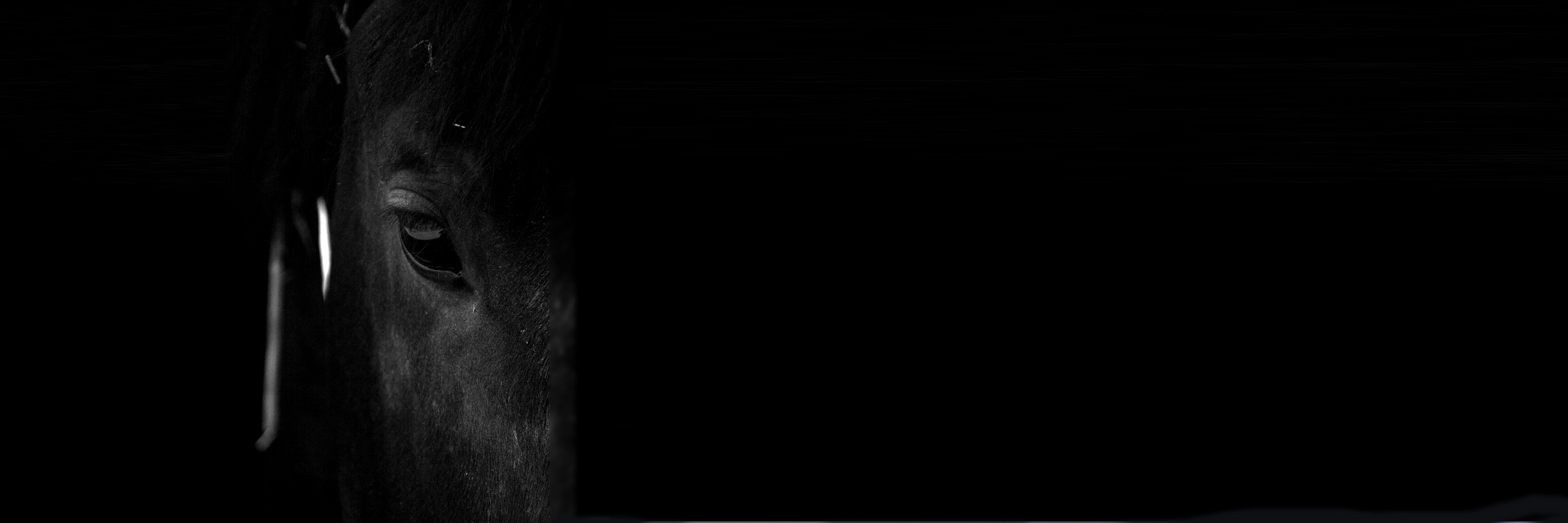Fenbendazole 10% Liquid
Fenbendazole, has a wide spectrum of anthelmintic action, is active against nematodes, trematodes and cestodes parasitizing in animals. Fenbendazole is rapidly absorbed in the gastrointestinal tract. The mechanism of action of fenbendazole is a metabolic disorder, inhibition of fumarate reductase activity and the synthesis of ATP parasite, which leads to the death of helminths. According to the degree of toxic effects on the body, it belongs to low-hazard substances, in the recommended doses it does not have a mutagenic, carcinogenic and locally irritating effect. It is excreted mainly with feces.
Application: Dehelmintization of animals during dictiocauliasis, hematosis, ostertagia, trichostrongiasis, nematodirosis, cooperiosis, esophagostomiasis, moniesiosis and fascioliasis.


